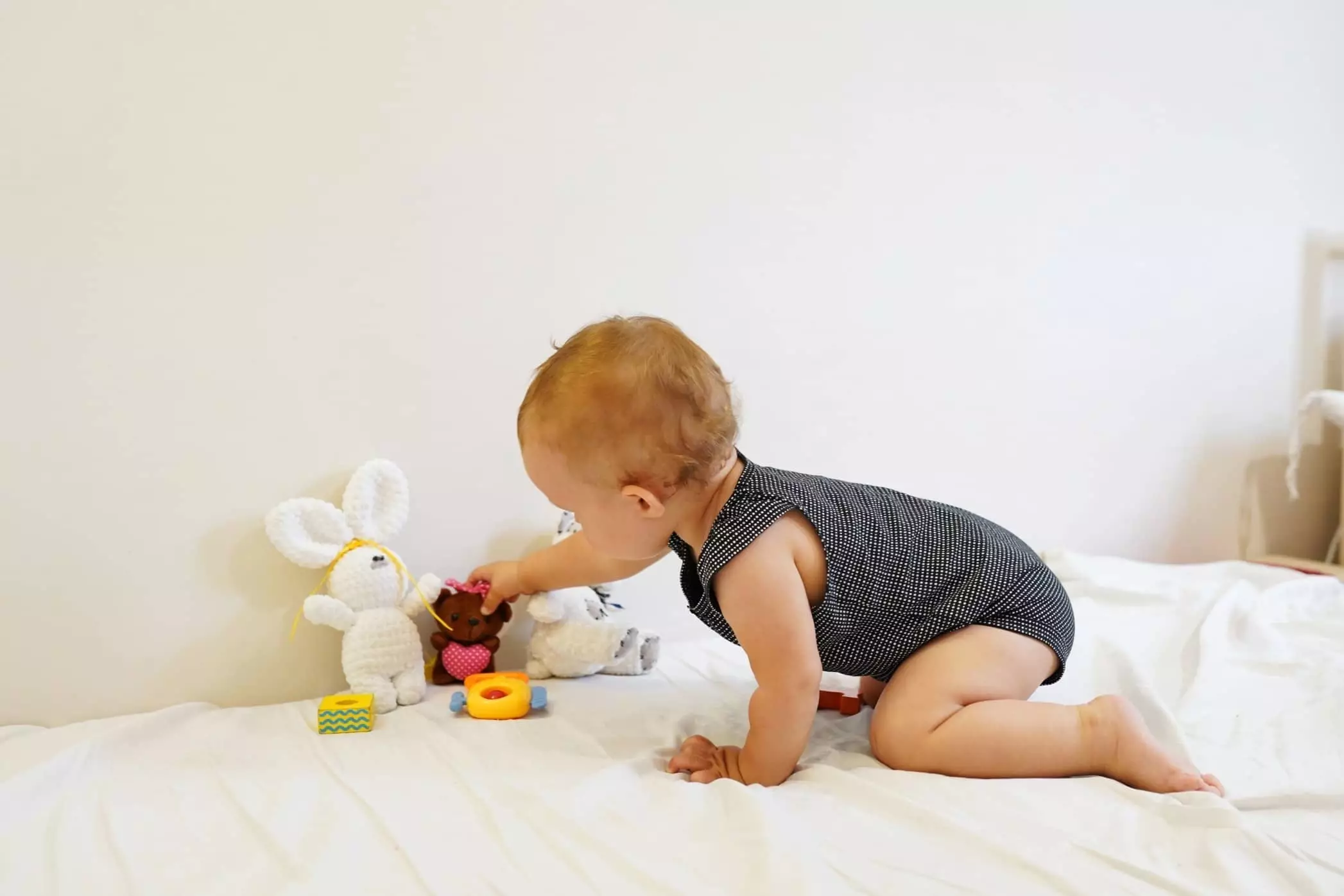Babies herald a universe of wonder and excitement for their parents, but keeping them engaged, particularly in developmental activities, can quickly become a daunting task. As we navigate the waters of parenting, we often find ourselves longing for creative, simple, and enriching experiences that foster growth without needing a mountain of toys. Enter Montessori education, a philosophy rooted in independence, hands-on learning, and respect for a child’s natural development. Here are six engaging, developmentally appropriate activities that embody these principles while keeping your little one delighted and stimulated.
A Lifelong Love for Reading
Reading aloud to your infant is not merely a bonding experience; it is a foundational activity that nourishes both emotional security and cognitive growth. From day one, delve into books with your baby that showcase bright, simple images and minimal text. It’s exhilarating to see their eyes light up as they absorb colors and shapes, encouraging their ability to focus.
As they evolve intellectually, transition to board books filled with more complex illustrations and a richer vocabulary. This gradual exposure not only aids language development but also fosters an emotional connection to stories, soothing the little one and associating reading with comfort. Regular reading rituals can transform your baby’s environment into a nurturing cocoon, fostering curiosity and a lifelong passion for knowledge.
Exploring the World Through Sensory Play
Sensory play provides an unparalleled opportunity for babies to learn through exploration. Simple, everyday items can be elevated to extraordinary playthings! For instance, filling a plastic bag with bright paint, colored water, or even edible goodies like stale cereal can spur sensory discovery. Seal the bag securely, tape it to the floor during tummy time, and let your baby enjoy the textures through touch. This tangible exploration not only captivates their attention but strengthens their fine motor skills and hand-eye coordination.
Feeling adventurous? Try a shallow container of water for splashing fun, but don’t forget the towel for easy cleanup! This kind of sensory experience provides avenues for giggles and discovery, allowing your baby to learn through their senses without the clutter of new toys.
Clap and Stop: Rhythm and Coordination
Music and movement are fantastic for developing gross and fine motor skills. Adapt simple clapping songs such as “Clap and Clap and Stop” to engage your baby. With each clap paired with a corresponding instruction, your little one will learn to anticipate and react, forming connections between sound and action. This rhythm game trains them for future structured activities and reinforces sequence learning—an essential cognitive skill.
As they become more familiar with this delightful routine, you’ll witness their joyful attempts to mimic your actions, refining their hand-eye coordination and encouraging a sense of participation that’s vital for social-emotional growth.
Encouraging Movement with Intriguing Heights
For babies who are starting to sit up independently, tap into their natural curiosity by positioning enticing objects within their reach on walls slightly above their heads. Use painter’s tape to securely attach lightweight toys, like colorful rings or plush figures, heightening the challenge of grasping and pulling them down. This activity not only fosters gross motor skills but also enriches their spatial awareness and balance as they stretch and reach.
As they hone the skill of pulling down items, they celebrate small victories that build confidence, paving the way for future milestones like crawling and walking.
Encouraging Cruising and Exploration
Once your baby masters standing, create an engaging space for them to practice cruising along a low couch or sturdy furniture. Scatter beloved toys within reach to motivate them to move along from one treasure to another. This form of play enhances core strength and encourages independent mobility, while also offering opportunities for emotional discovery as they explore their surroundings.
Consider adding family photos or familiar objects as they cruise—these elements encourage recognition and routine interaction, deepening their familial bonds, even in the midst of independent exploration.
The Joy of Treasure Hunts
Finally, embark on a treasure hunt around your home to gather safe, easily manipulable containers that can intrigue your baby’s curiosity. Plastic food storage bins, jewelry boxes, and Ziploc pouches can all serve as charming playthings that encourage your little one to engage in opening and closing activities. This exploration not only flexes their fine motor skills but also introduces problem-solving as they figure out how to manipulate different objects.
As they grow, gradually introduce more complex items that challenge them further, such as jars with twist-off tops. With each new engagement, you nurture their confidence and creativity, opening the door to a world filled with endless discovery.
By embracing these Montessori-inspired activities, you uplift your time with your baby, offering joy, skill development, and the richness of connection—all from the comfort of home.

